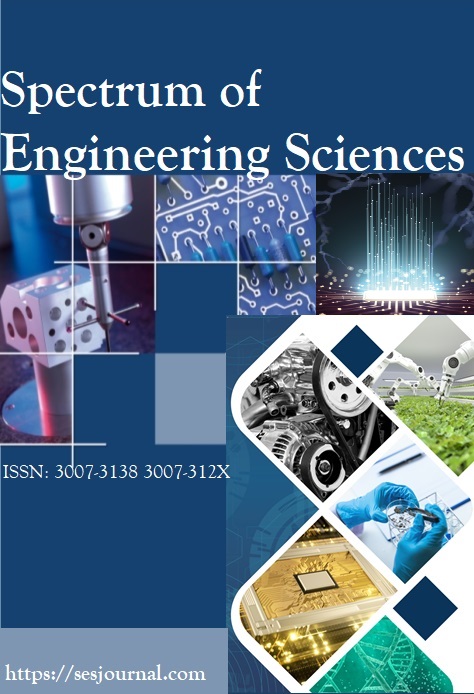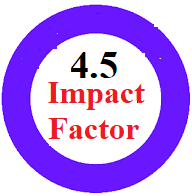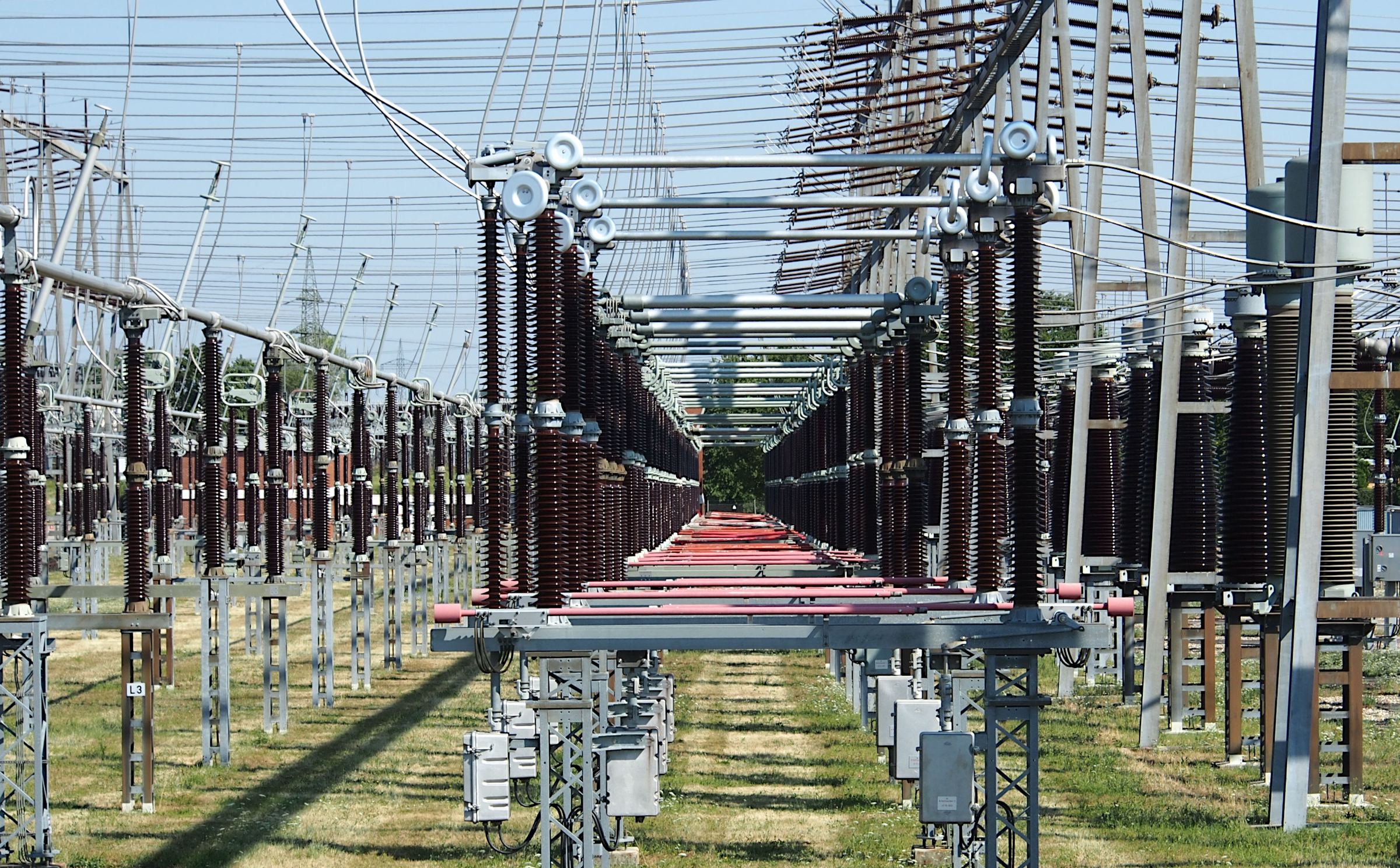LASER-INDUCED BREAKDOWN SPECTROSCOPY FOR SOIL ANALYSIS: RECENT ADVANCES IN NUTRIENT AND CONTAMINANT DETECTION
Keywords:
Agriculture, Contamination, Detection, Environmental, LIBS, Nutrient, Parameters, Soil, TechniqueAbstract
Laser-Induced Breakdown Spectroscopy (LIBS) is a new source of distinct role which is now being widely used as an efficient, fast and more versatile method of analysis in soil analysis which has contributed to the best sustainable practice of agriculture. The objective of this review is to provide a comprehensive overview of recent advancements in the application of LIBS for soil analysis, with a particular focus on its role in the detection and quantification of soil nutrients and contaminants. This review aims to highlight how LIBS contributes to improving analytical accuracy, enhancing real-time monitoring capabilities, and supporting sustainable agricultural practices through precise soil characterization. More recent developments have centered on defeating some of the critical drawbacks of LIBS accuracy, including matrix effects, moisture content, and variability of particle size. Optimized experimental procedures, such as spatial confinement, addition of a conductive material and laser-induced fluorescence (LIF) support have shown significant increases in detection limit and precision of the analytical method. The combination of machine learning, deep learning, and chemometric processes continue to optimize LIBS applications by allowing predictive models that can withstand the balkier soil matrices. Moreover, portable and handheld LIBS have contributed to its use in field based real time soil monitoring. Reproducibility is being promised by efforts of standardization through certified reference materials and interlaboratory protocols into increasing acceptance by the scientific community. All these innovations make LIBS one of the most promising instruments in terms of accurate soil nutrient management and contamination testing, with valuable security providing strategic resources, resource-efficient and environmentally sustainable agricultural systems.
















